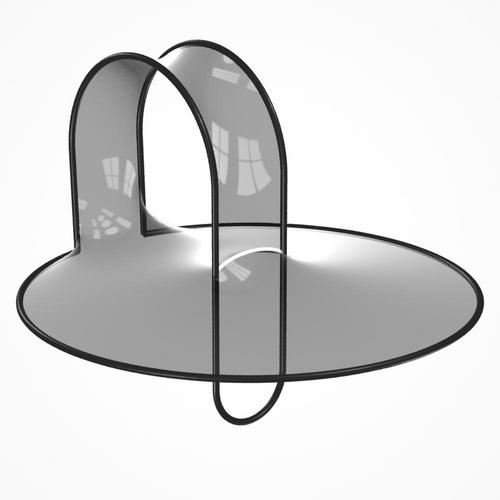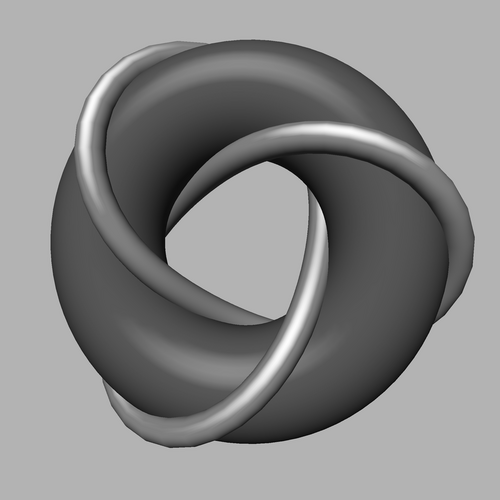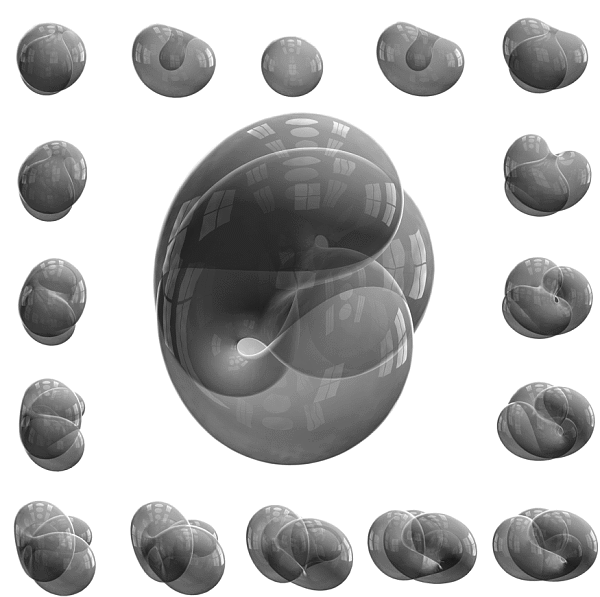|
Two thousand years ago, Seneca wrote that “All art is but imitation of nature”. Assuming this, if nature can be described mathematically, the same should be true of art. Of course, current-day mathematics is not sufficient to describe truly complex systems, like humans and their relationships, which are the subjects of much great art. And perhaps some of these areas will forever stay outside the realm of mathematical analysis. Often abstract art, including music, is closer to mathematics. Those aspects of nature, like optimization problems, that are most easily described in mathematical terms often lead to an abstract beauty. Henry James wrote that “in art economy is always beauty”. Like most research mathematicians, I find abstract beauty in the elegant and economical structure of mathematical proofs, and I feel that this elegance is discovered, not invented, by humans. I am fortunate, however, that my own work in optimal geometry leads directly to visually appealing shapes, which can present a kind of beauty more accessible to the general public.
|
|
 |
 |
|
Figure 1: This soap film (left) spanning a bent wire boundary, has been rendered with a custom soap-film shader for Renderman. This trefoil or overhand knot (right) sits on the surface of a torus, illustrating why mathematicians also call it a (2,3)-torus knot. Its shape has been optimized by letting the different strands repel each other with a Coulomb-like repulsive force.
|
|

|
|
|
Figure 2: This minimax sphere eversion from The Optiverse is a geometrically optimal way to turn a sphere inside out, minimizing the elastic bending energy needed in the middle of the eversion.
|
|